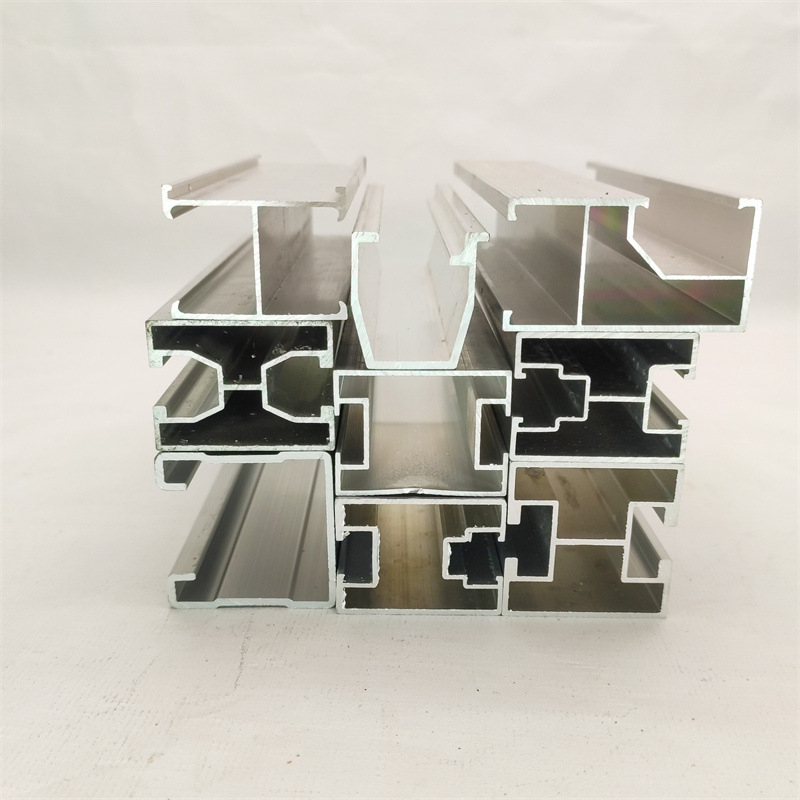

self tapping screw hole size metric
Dec . 09, 2024 15:40 Back to list
self tapping screw hole size metric
Understanding Self-Tapping Screw Hole Sizes in Metric
Self-tapping screws are a versatile fastener extensively used in various industries, from construction to automotive and electronics. Unlike traditional screws that require a pre-drilled hole, self-tapping screws can create their own threads as they are driven into materials. This unique feature saves time and labor, making them a popular choice among professionals and DIY enthusiasts alike. However, selecting the correct hole size is crucial for optimal performance and ensuring the integrity of the materials being fastened. In this article, we will explore the importance of understanding self-tapping screw hole sizes in metric measurements and how to choose the right size for your projects.
What Are Self-Tapping Screws?
Self-tapping screws are designed with a sharp, pointed tip, enabling them to penetrate the material (such as metal, plastic, or wood) without the need for a pilot hole. As they are driven in, their threads cut into the material, forming a tight fit. This design not only simplifies the fastening process but also enhances the loading capacity, preventing slippage. Self-tapping screws come in various styles, including thread-forming and thread-cutting screws, each designed for specific applications.
Importance of Hole Size
Choosing the correct hole size for self-tapping screws is essential for several reasons
1. Ensures Proper Engagement The right hole size allows the screw to engage with the material effectively, creating a strong bond. An oversized hole can lead to insufficient grip, while an undersized hole may cause excessive stress on the screw and material, potentially leading to failure.
2. Prevents Material Damage Using the correct hole size minimizes the risk of damaging the material. A hole that is too small can cause splitting or cracking, especially in brittle materials, while a hole that is too large can weaken structural integrity.
3. Affects Removal and Reusability A properly sized hole makes it easier to remove and reuse screws, which is particularly important in applications where adjustments or repairs may be necessary.
Measuring Hole Size in Metric
self tapping screw hole size metric

When it comes to self-tapping screws, hole size is often indicated by the screw’s diameter. In the metric system, this is typically expressed in millimeters (mm). The following guidelines can help you determine the appropriate hole size for self-tapping screws
1. Select the Right Screw Before measuring for your hole, it’s important to select the screw suitable for your material and application. Refer to the manufacturer's specifications, which typically outline the recommended hole size for each screw type.
2. Use a Drill Bit Chart Many manufacturers provide drill bit size charts that correlate the diameter of the drill bit to the self-tapping screw size. For instance, a common recommendation might suggest a 3mm diameter drill bit for a 4mm self-tapping screw.
3. Consider the Material Different materials require different approaches. For example, softer materials like plastic or wood can accommodate slightly larger holes, while harder materials like steel might necessitate a more precise fit.
4. Testing If you are unsure, consider conducting tests on scrap materials to find the ideal screw-holding capacity without compromising the integrity of the material.
Common Metric Sizes and Applications
Self-tapping screws come in a variety of metric sizes, from small 3mm screws for light-duty tasks to larger 10mm screws designed for more demanding applications. Here are some typical uses
- 3mm to 4mm Screws Often used in electronics, light cabinetry, and plastic components. - 5mm Screws Common in automotive and appliance assemblies. - 6mm to 8mm Screws Frequently used in construction, for securing materials such as drywall or lumber. - 10mm Screws and larger Utilized in structural applications, where heavy loads are expected.
Conclusion
In summary, understanding the correct hole size for self-tapping screws in metric measurements is crucial for ensuring strong, durable connections in your projects. By selecting the right screw and following guidelines regarding hole size based on material and application, you can achieve optimal results and avoid potential mishaps. Whether you are a professional or a DIY enthusiast, mastering this aspect of fastening technology will greatly enhance the quality and reliability of your work.
Latest news
-
Premium Fasteners Manufacturer | AI-Driven Solutions
NewsAug.01,2025
-
Hot Dip Galvanized Bolts - Hebei Longze | High Strength, Corrosion Resistance
NewsAug.01,2025
-
High-Strength Hot Dip Galvanized Bolts - LongZe | Corrosion Resistance, Custom Sizes
NewsAug.01,2025
-
Best Self Tapping Screws for Drywall - Fast & Secure Installation
NewsJul.31,2025
-
High-Strength Hot Dip Galvanized Bolts-Hebei Longze|Corrosion Resistance&Customization
NewsJul.31,2025
-
Hot Dip Galvanized Bolts-Hebei Longze Metal Products|Corrosion Resistance&High Strength
NewsJul.31,2025

